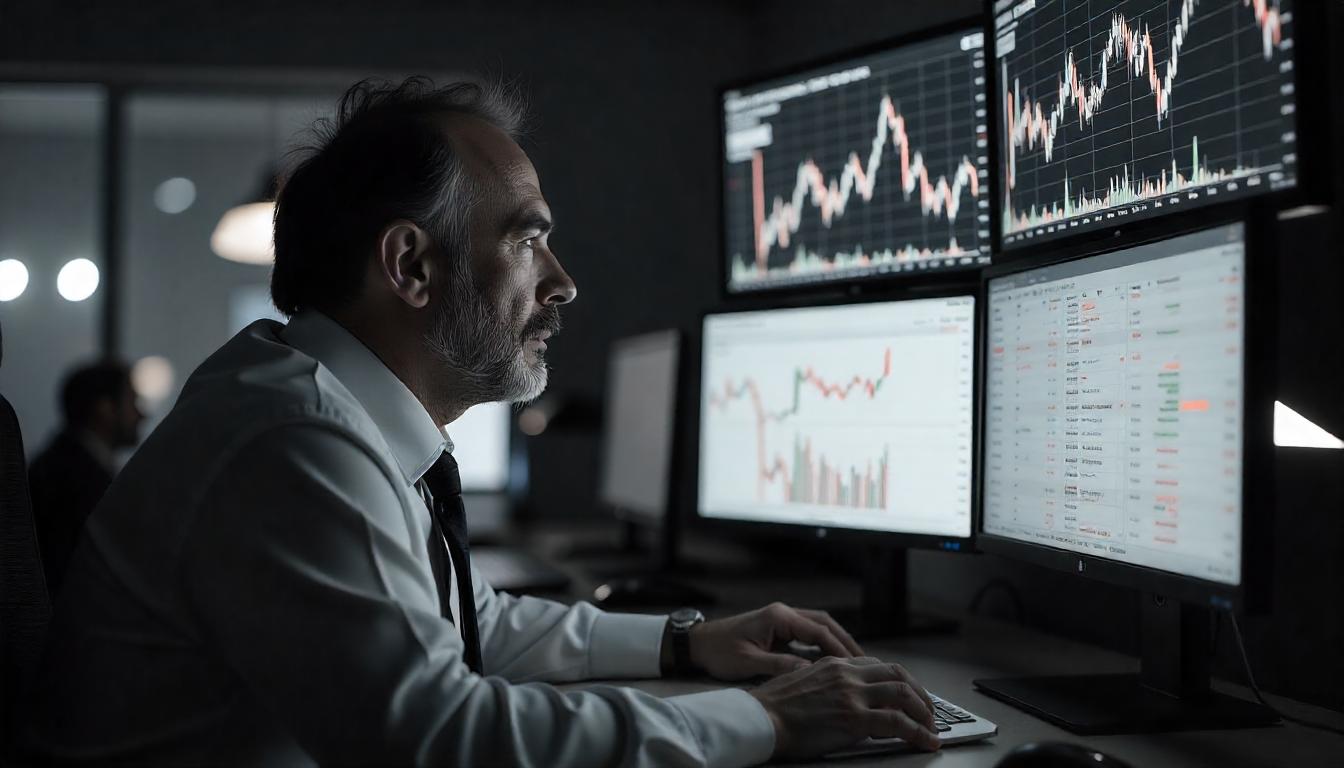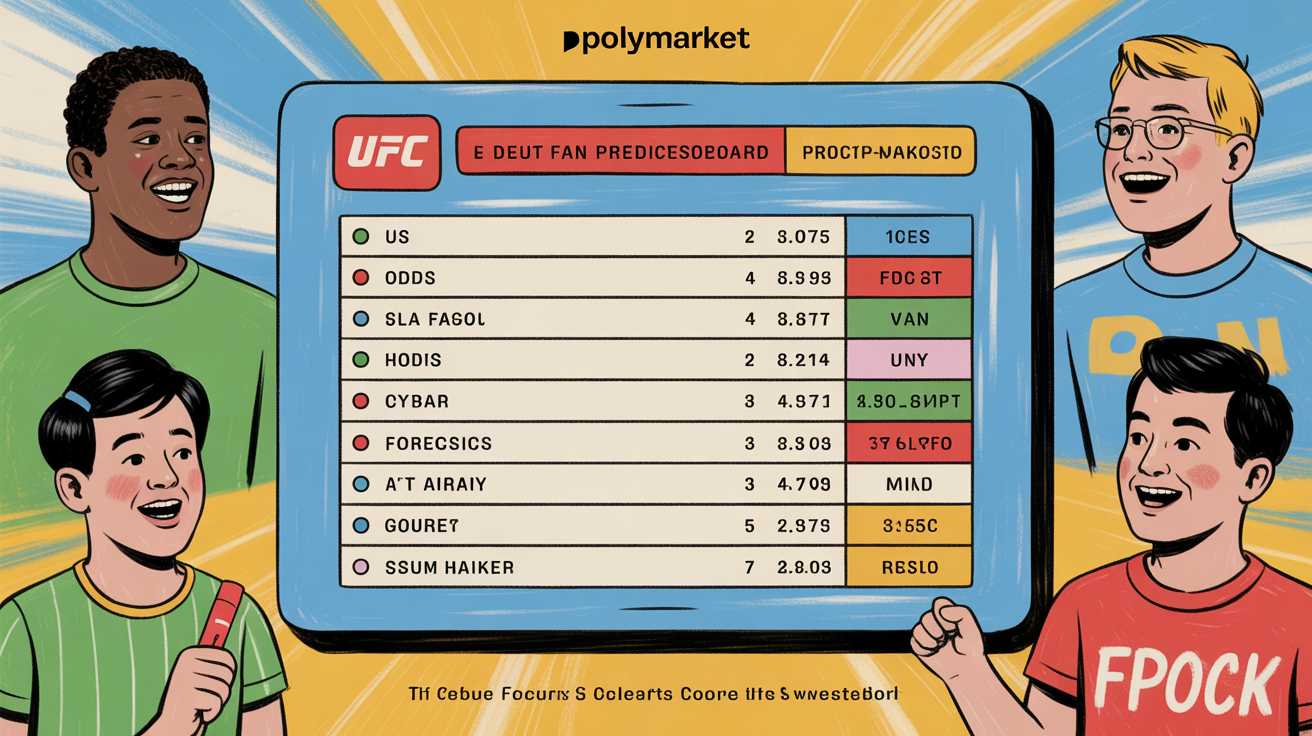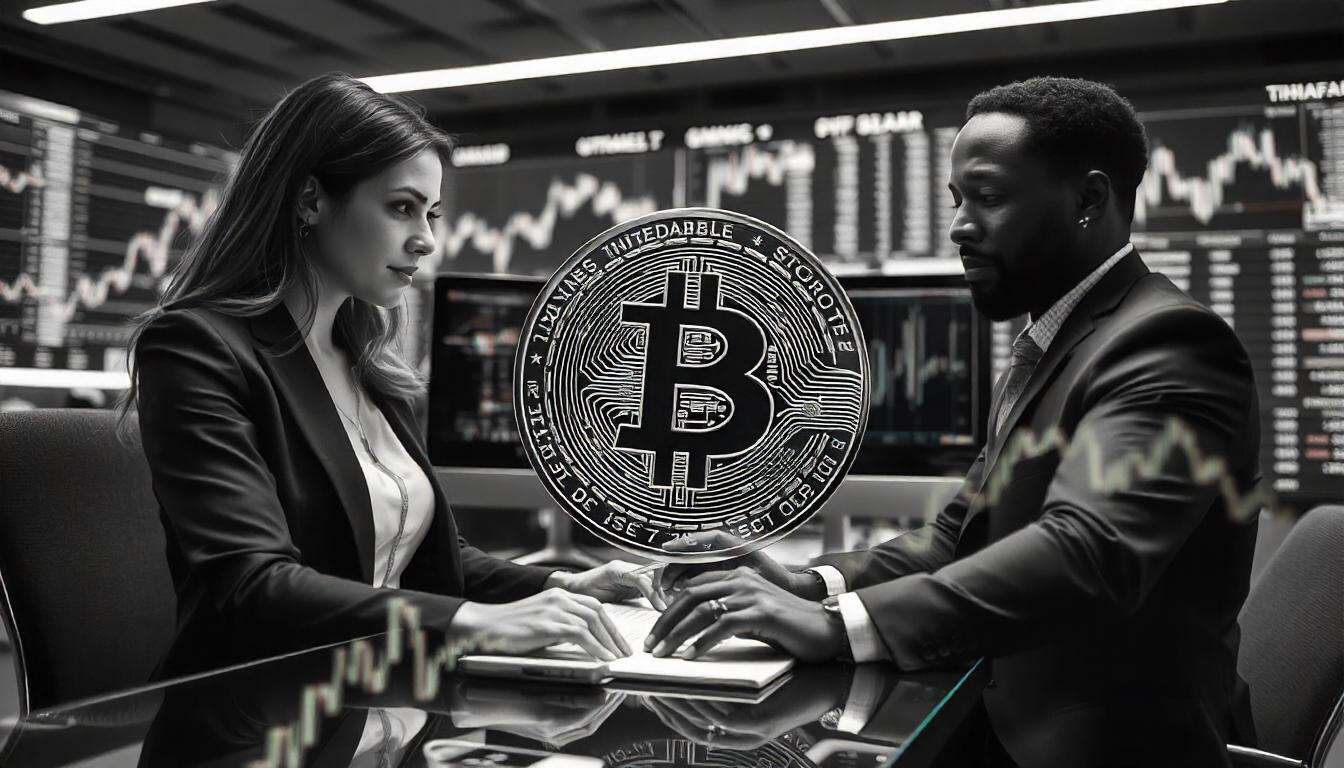Crypto and Stocks Stumble as Interest Rate Jitters Outweigh Trump’s Trade Move
Hopes of a market rebound faded Thursday as investors shifted focus from President Trump’s tariff rollback to mounting fears over rising interest rates and slowing economic growth.
Markets initially reacted positively after Commerce Secretary Howard Lutnick confirmed that Mexico would be exempt from Trump’s proposed 25% tariff on previously agreed-upon trade goods. Bitcoin (BTC) briefly surged past $91,000, and stocks pared early losses.
However, by midday, the Nasdaq had tumbled 2.3%, and bitcoin reversed gains, slipping to $88,500—down nearly 1% in the past 24 hours—as concerns over stagflation and surging bond yields took hold.
Bond Yields Spike, Raising Stagflation Fears
While trade policy remains in the spotlight, a more pressing concern for investors is the relentless rise in global bond yields.
Germany’s 10-year Bund yield saw one of its sharpest spikes on record, rising over 40 basis points to 2.83% amid a rush of defense spending commitments. Meanwhile, Japan’s 10-year Government Bond (JGB) yield climbed to 1.51%, doubling in just six months.
In the U.S., the 10-year Treasury yield—previously in decline since Trump’s inauguration—has surged 20 basis points in just two days, hitting 4.30%.
“The recent surge in yields is a warning sign,” said Quinn Thompson, founder of Lekker Capital. “Markets are pricing in stagflation—rising rates with slowing growth—a nightmare scenario for risk assets like bitcoin.”
All Eyes on Friday’s Jobs Report
With interest rates taking center stage, Friday’s U.S. Nonfarm Payrolls report could be a pivotal moment. Economists forecast 160,000 new jobs for February, up from 143,000 in January, with the unemployment rate holding steady at 4%.
A stronger-than-expected report could drive yields even higher, adding more pressure to risk assets like stocks and crypto.
“Traders are nervous,” Thompson added. “If job growth surprises to the upside, we could see another selloff in equities and digital assets as rate expectations shift even further.”
For now, markets remain caught between shifting trade policies and macroeconomic realities. While tariff rollbacks may offer temporary relief, rising borrowing costs and fears of stagflation are proving to be the bigger market drivers.





